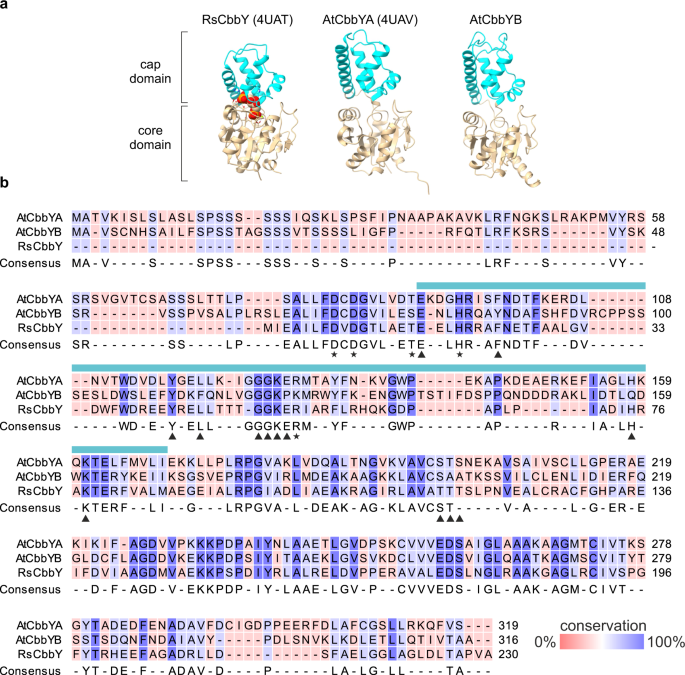2023-05-30 リンショーピング大学
◆この方法により、多くの物質を麻薬として分類することが可能となりました。特に合成カンナビノイドの研究では、15種類の物質がカンナビノイド受容体を活性化することが明らかになりました。この研究は、公衆衛生庁の資金援助を受けて行われました。
<関連情報>
- https://liu.se/en/news-item/faster-narcotics-classification-of-internet-drugs-with-method-developed-at-liu
- https://www.sciencedirect.com/science/article/pii/S037907382300141X?via%3Dihub
合成カンナビノイドのその場受容体活性試験を用いて、新型精神作用物質のリスク評価をサポートする-公衆衛生を害から守るためのスウェーデンの戦略 Using in vitro receptor activity studies of synthetic cannabinoids to support the risk assessment of new psychoactive substances – A Swedish strategy to protect public health from harm
Matilda Bäckberg, Svante Vikingsson, Joakim Strandberg, Sara Wall, Anna Åstrand, Hanna Karlsson, Mattias Persson, Robert Kronstrand, Henrik Green
Forensic Science International Available online: 13 April 2023
DOI:https://doi.org/10.1016/j.forsciint.2023.111691

Highlights
•Synthetic cannabinoids receptor agonists (SCRAs) continue to emerge in Europe.
•Pharmacological data is often missing, which impedes the risk assessment of SCRAs.
•We report the cannabinoid-1 (CB1) receptor activity of 17 SCRAs & it’s impact on the Swedish legislation.
Abstract
In the past 15 years, close to 1000 of new psychoactive substances (NPS) have been reported in Europe and globally. At the time of identification, data on safety, toxicity and carcinogenic potential of many NPS are not available or very limited. To work more efficiently, a strategy and collaboration between the Public Health Agency of Sweden (PHAS) and the National Board of Forensic Medicine was established involving in vitro receptor activity assays to demonstrate neurological activity of NPS. This report summarizes the first results on the synthetic cannabinoid receptor agonists (SCRAs), and subsequent actions taken by PHAS. A total of 18 potential SCRAs were selected by PHAS for in vitro pharmacological characterization. 17 compounds could be acquired and investigated for their activity on the human cannabinoid-1 (CB1) receptors expressed together with the AequoScreen system in CHO-K1 cells. Dose-response curves were established using eight different concentrations in triplicates at three occasions with JWH-018 as reference. For the MDMB-4en-PINACA, MMB-022, ACHMINACA, ADB-BUTINACA, 5F-CUMYL-PeGACLONE, 5C-AKB48, NM-2201, 5F-CUMYL-PINACA, JWH-022, 5Cl-AB-PINACA, MPhP-2201, 5F-AKB57 the half maximal effective concentration values ranged from 2.2 nM (5F-CUMYL-PINACA) to 171 nM (MMB-022). EG-018 and 3,5-AB-CHMFUPPYCA were none-active. The results contributed to 14 of these compounds being scheduled as narcotics in Sweden. In conclusion, many of the emerging SCRAs are potent activators of the CB1 receptor in vitro, although some lack activity or are partial agonists. The new strategy proved useful when data on psychoactive effects of the SCRAs under investigation were not available or limited.


